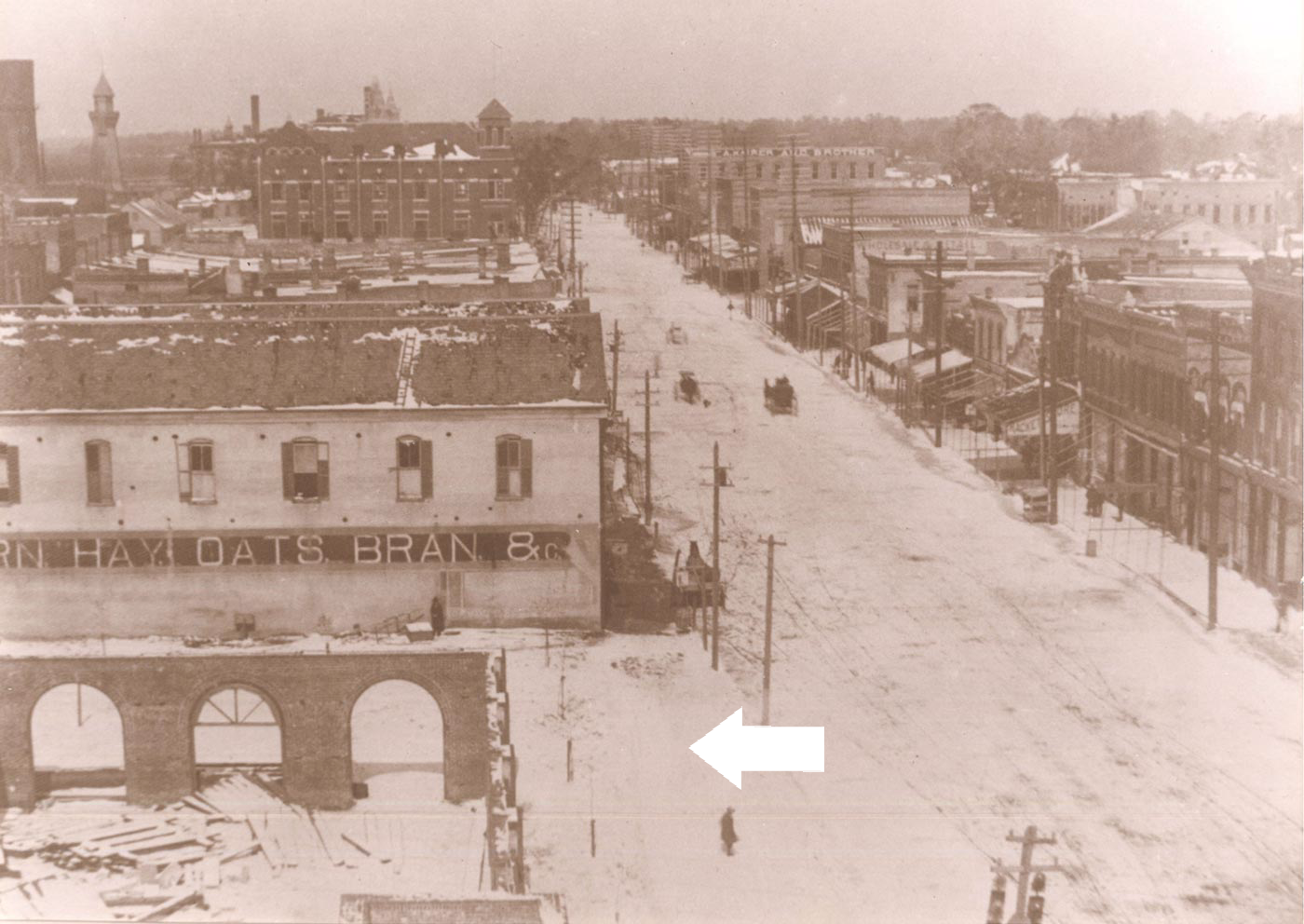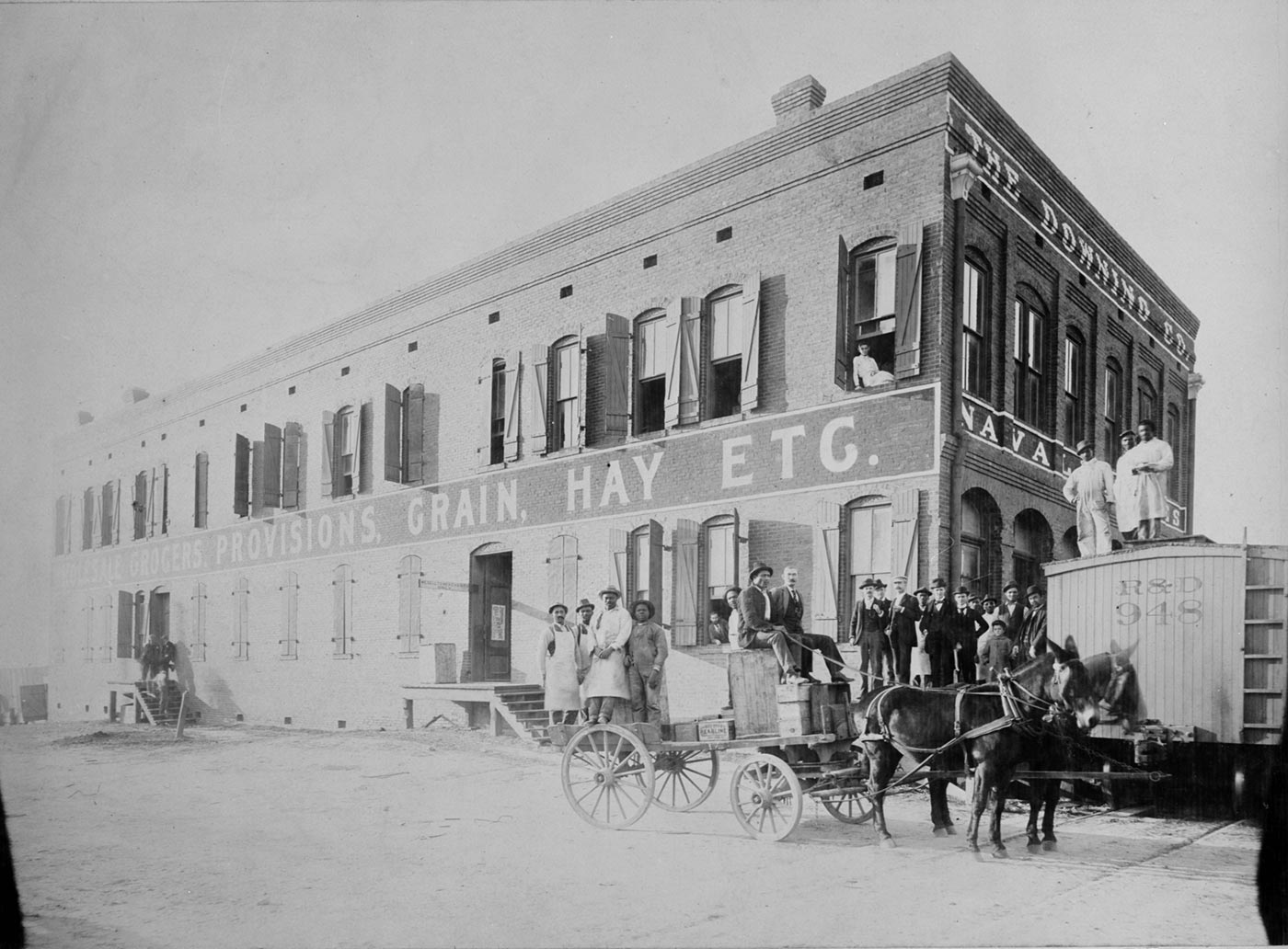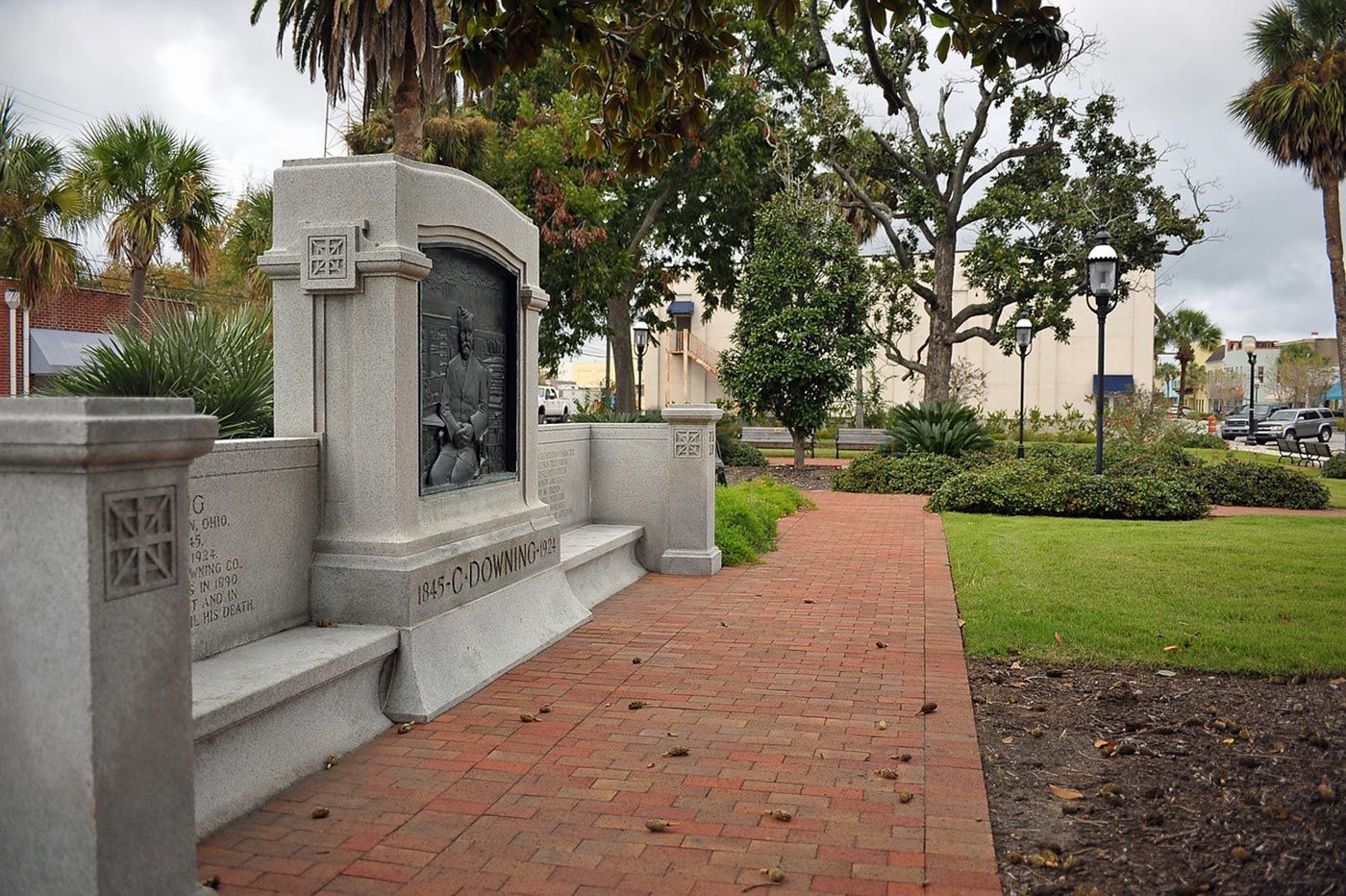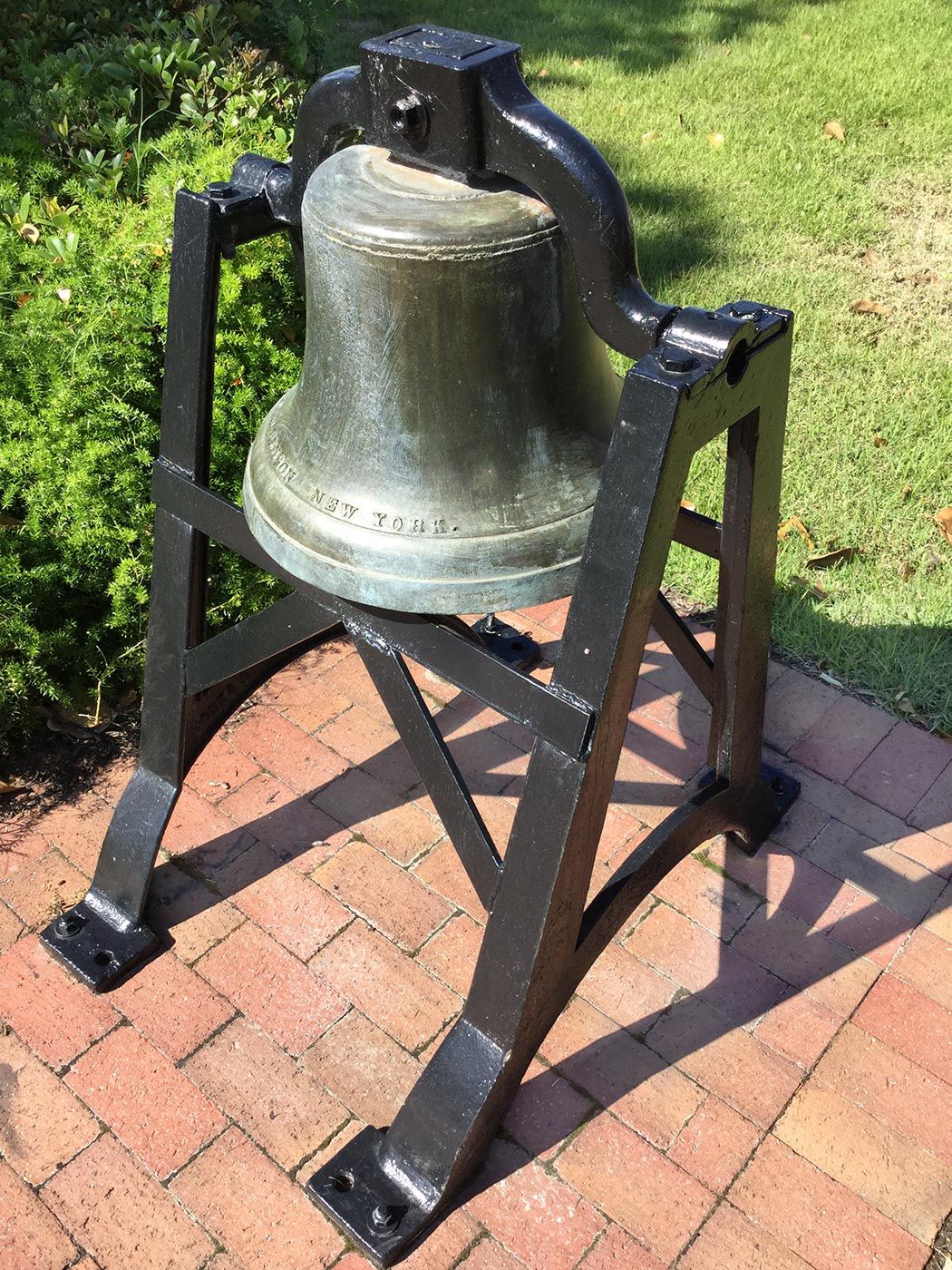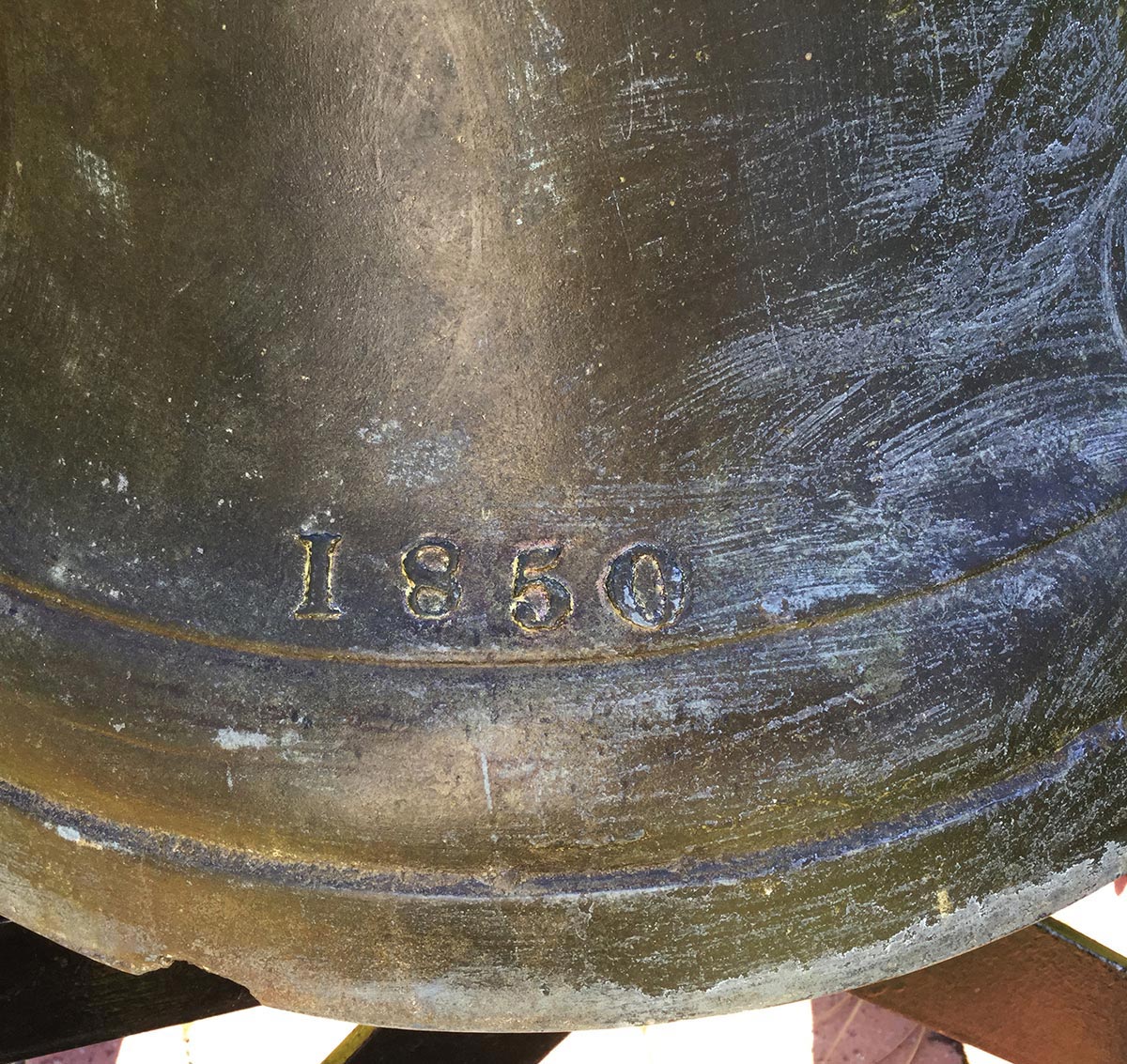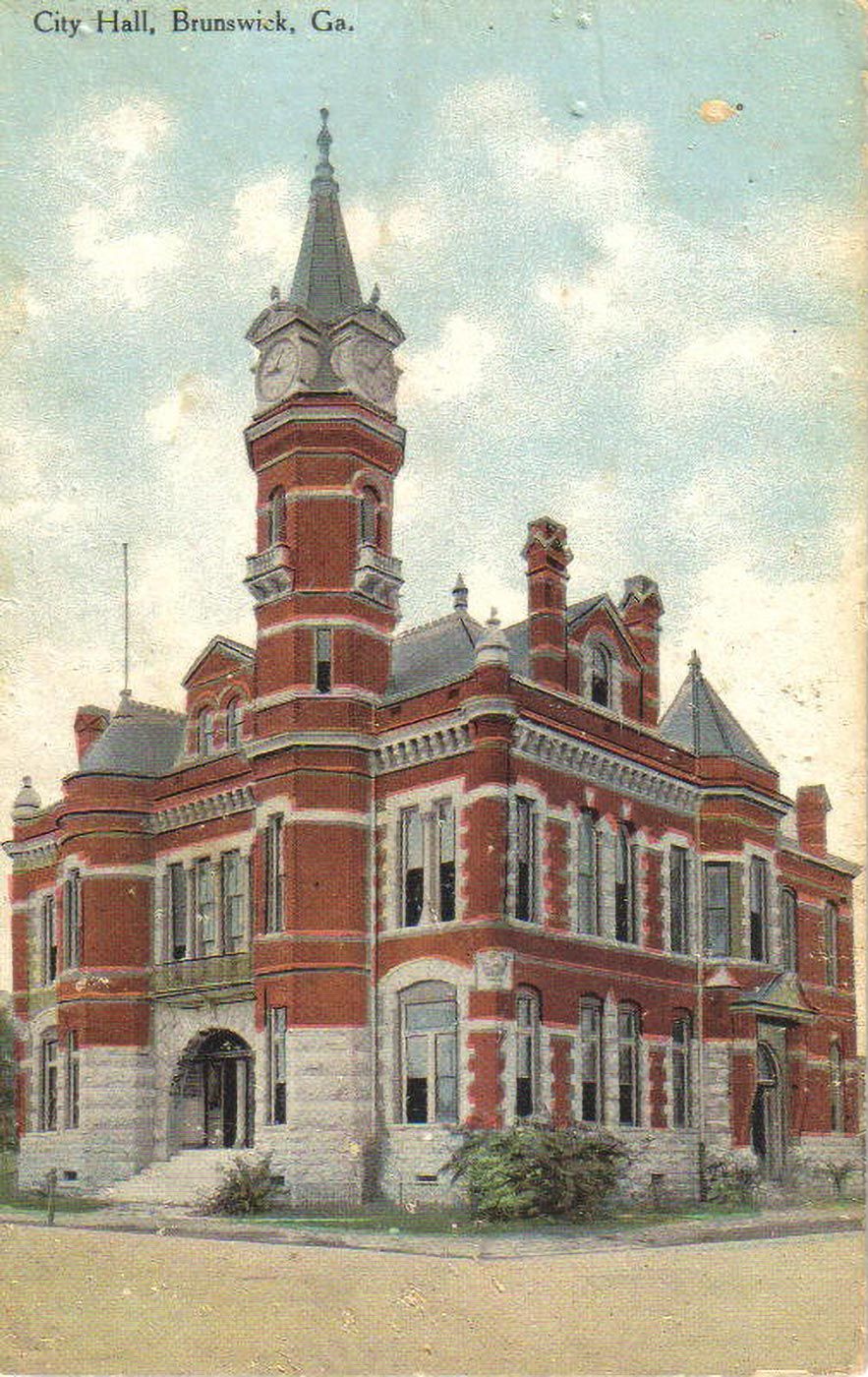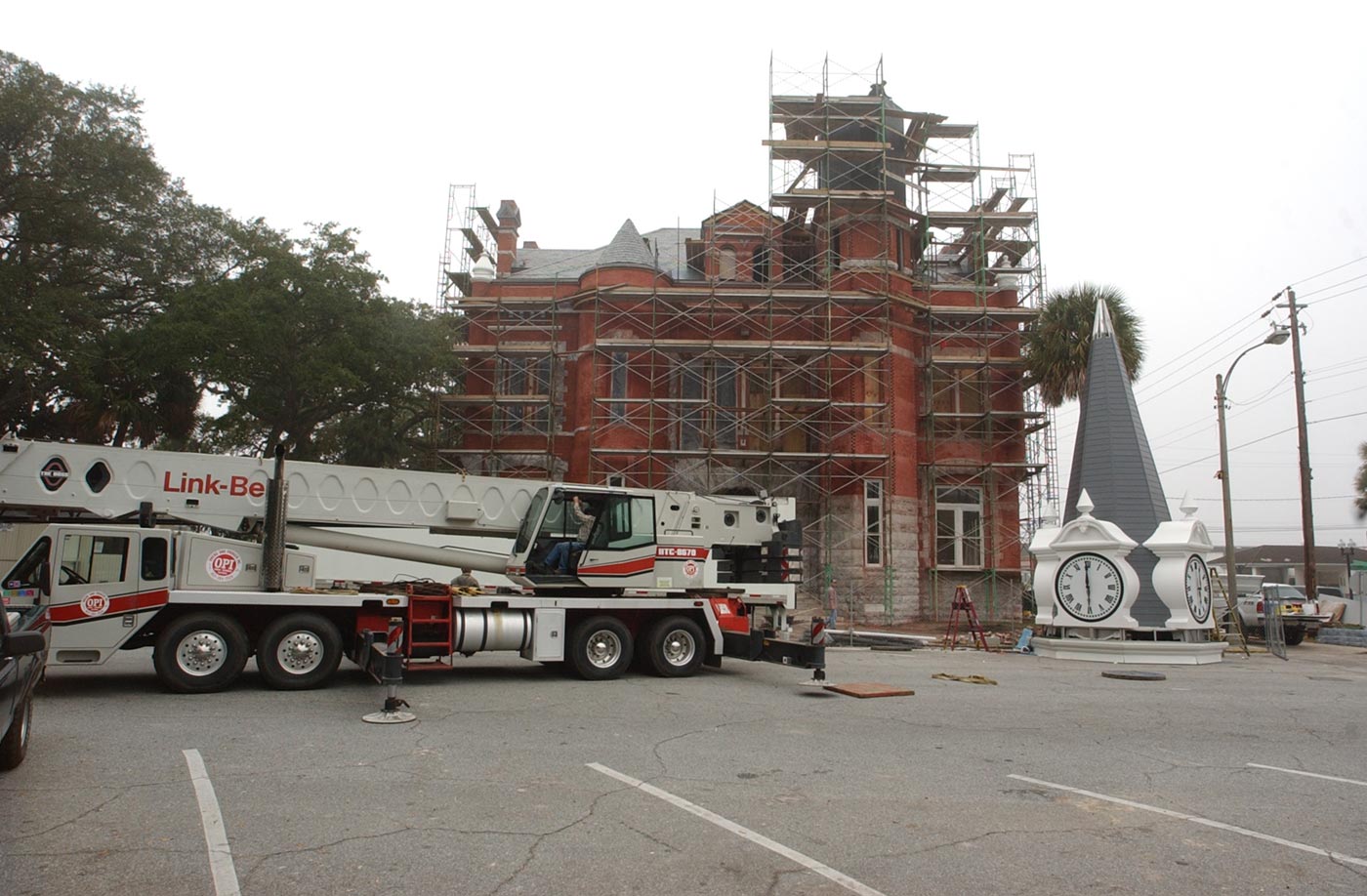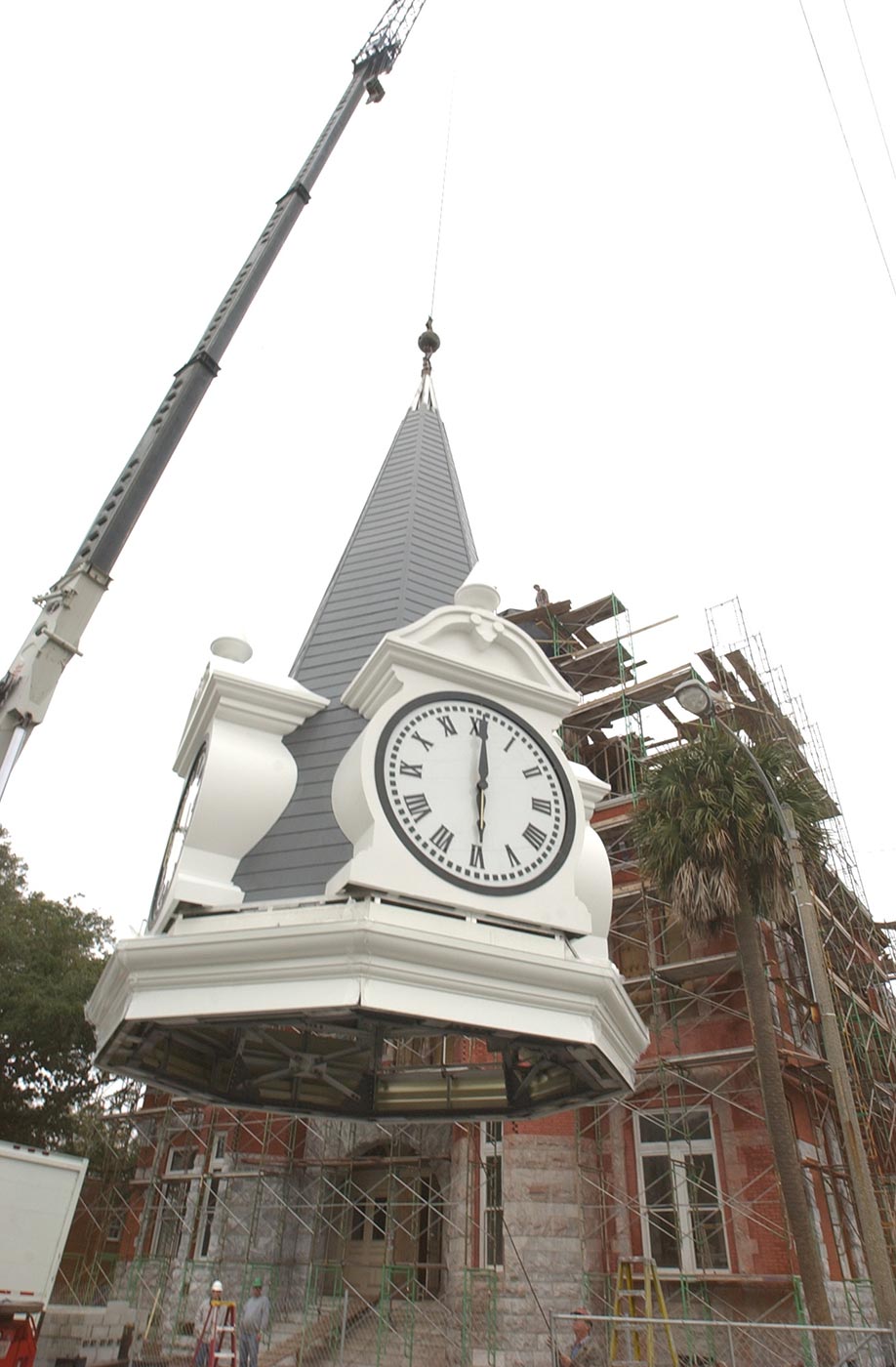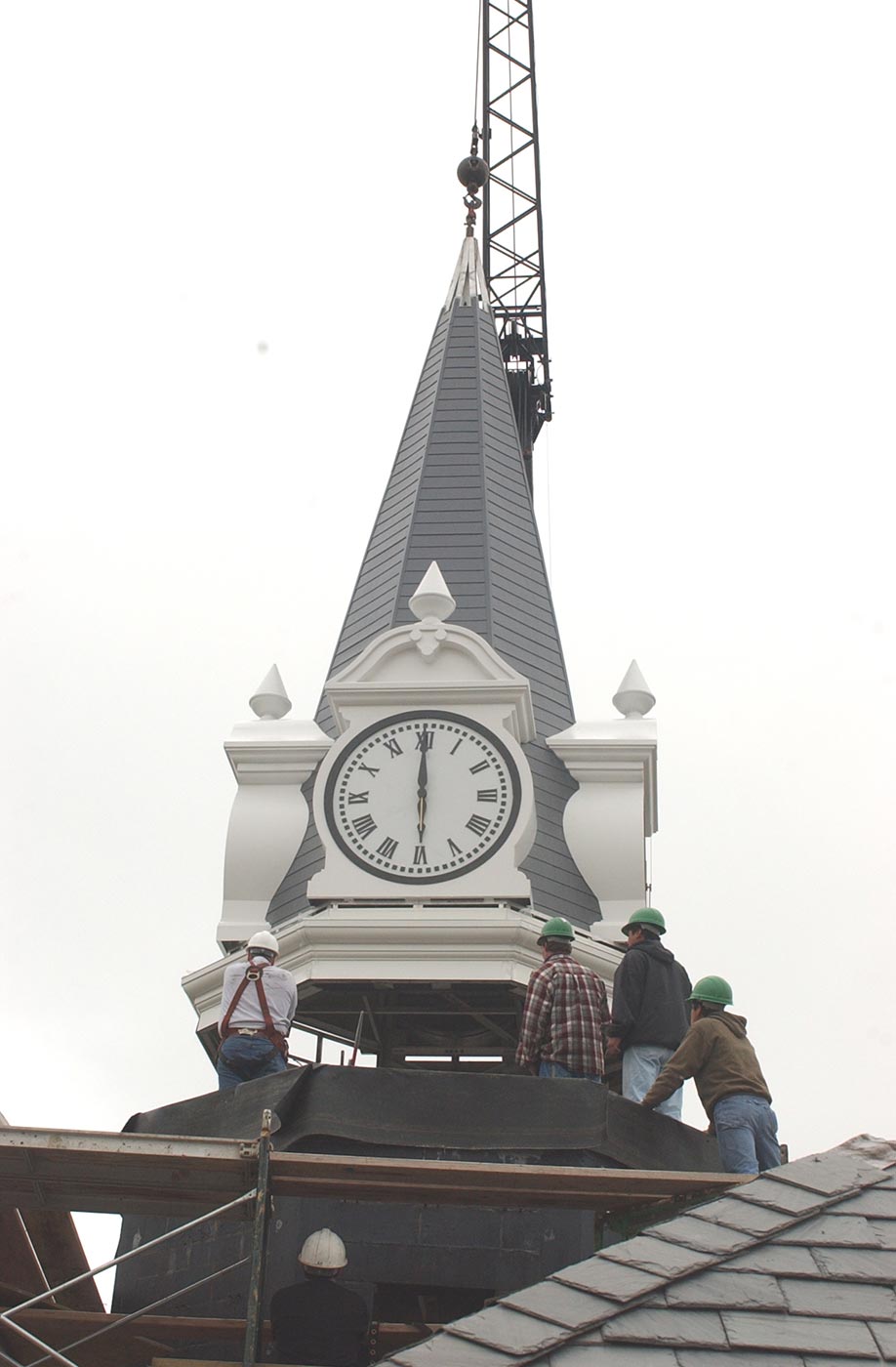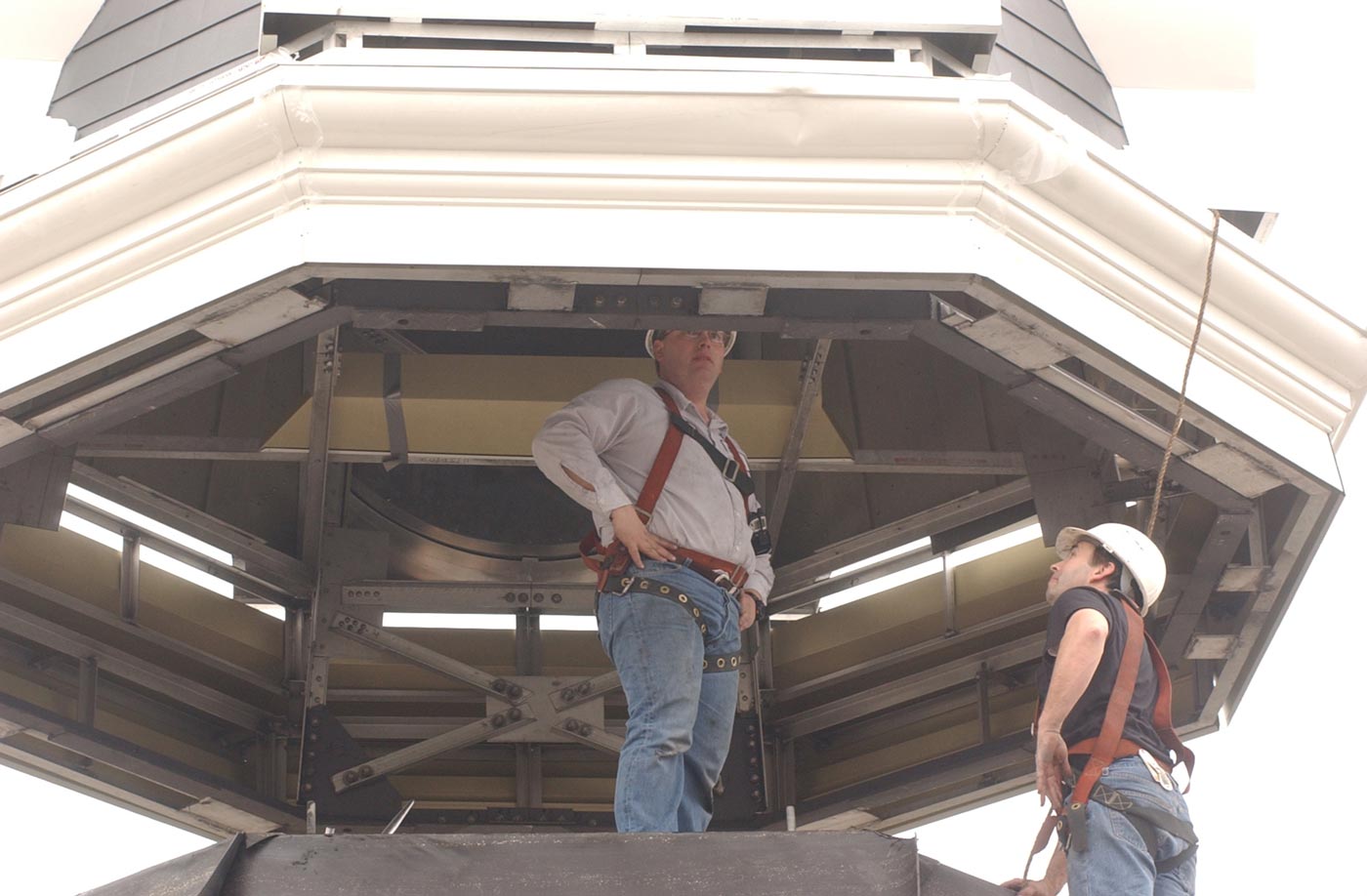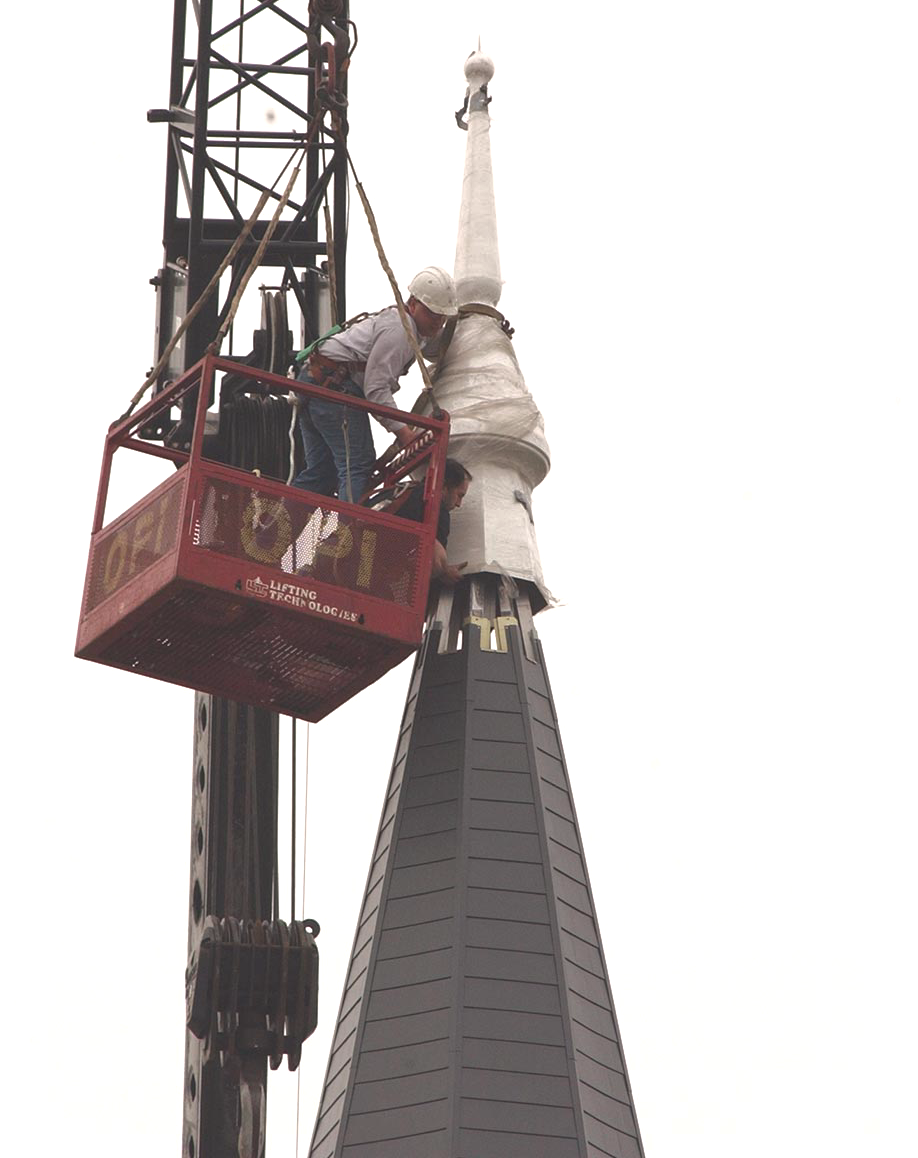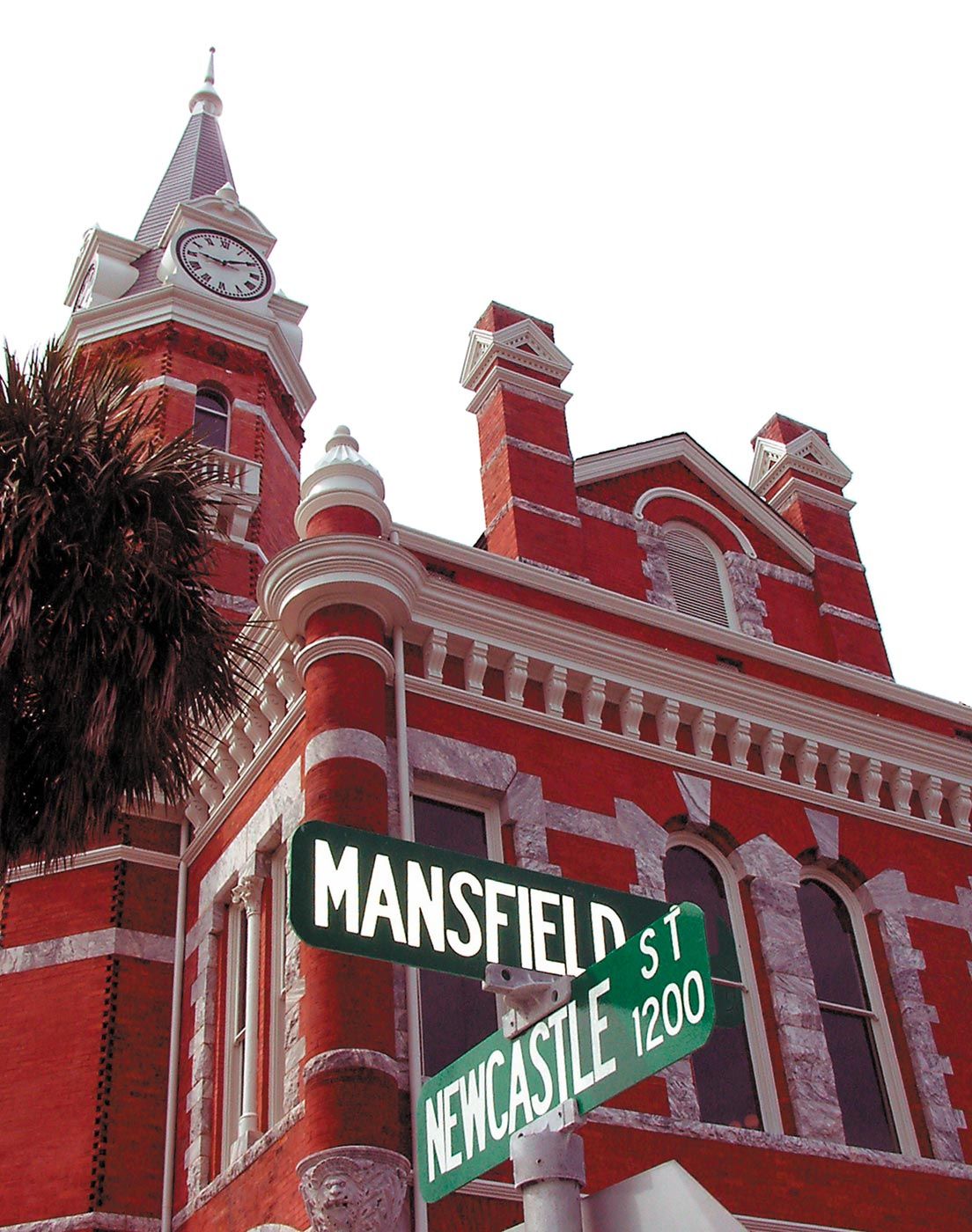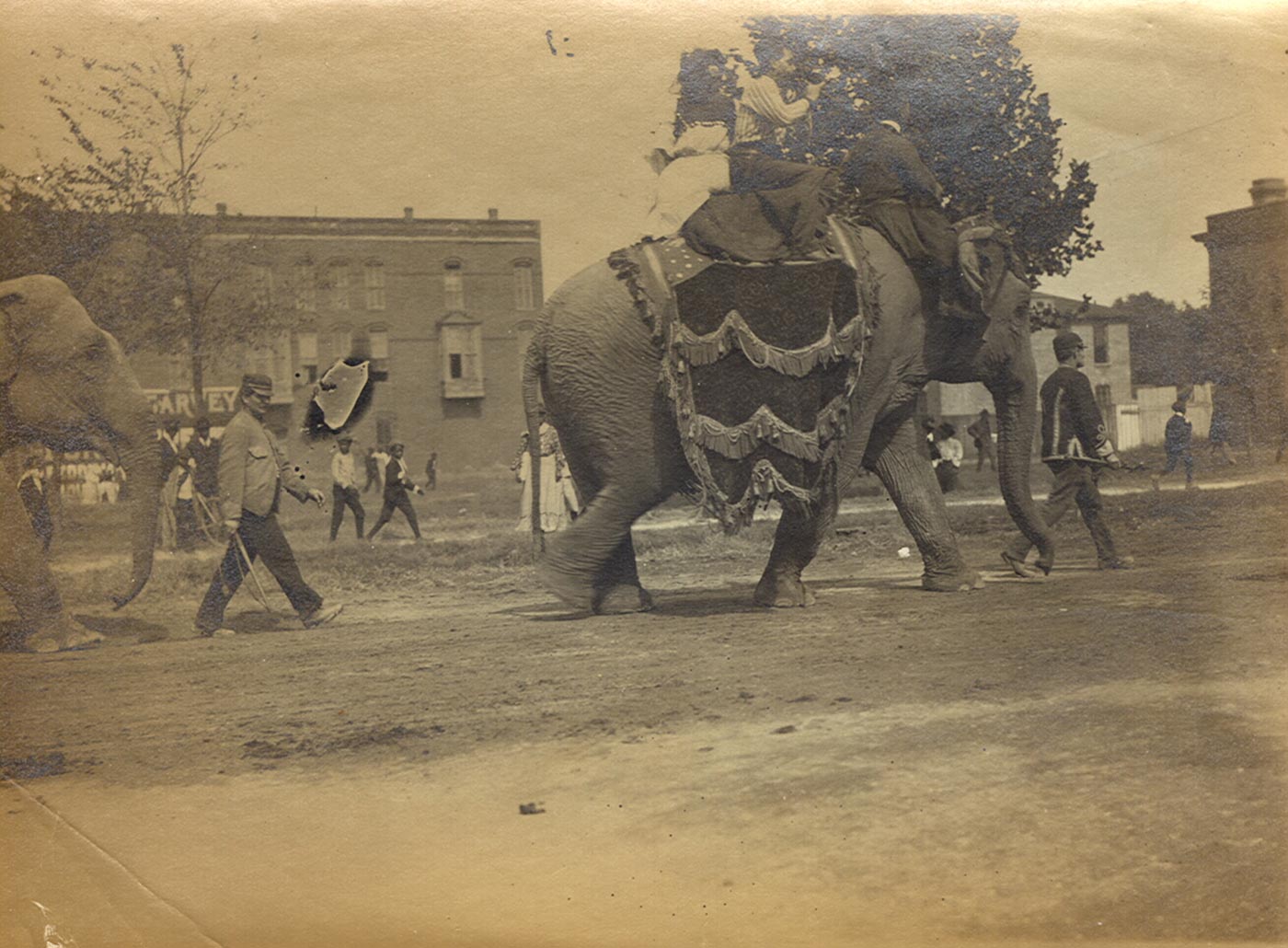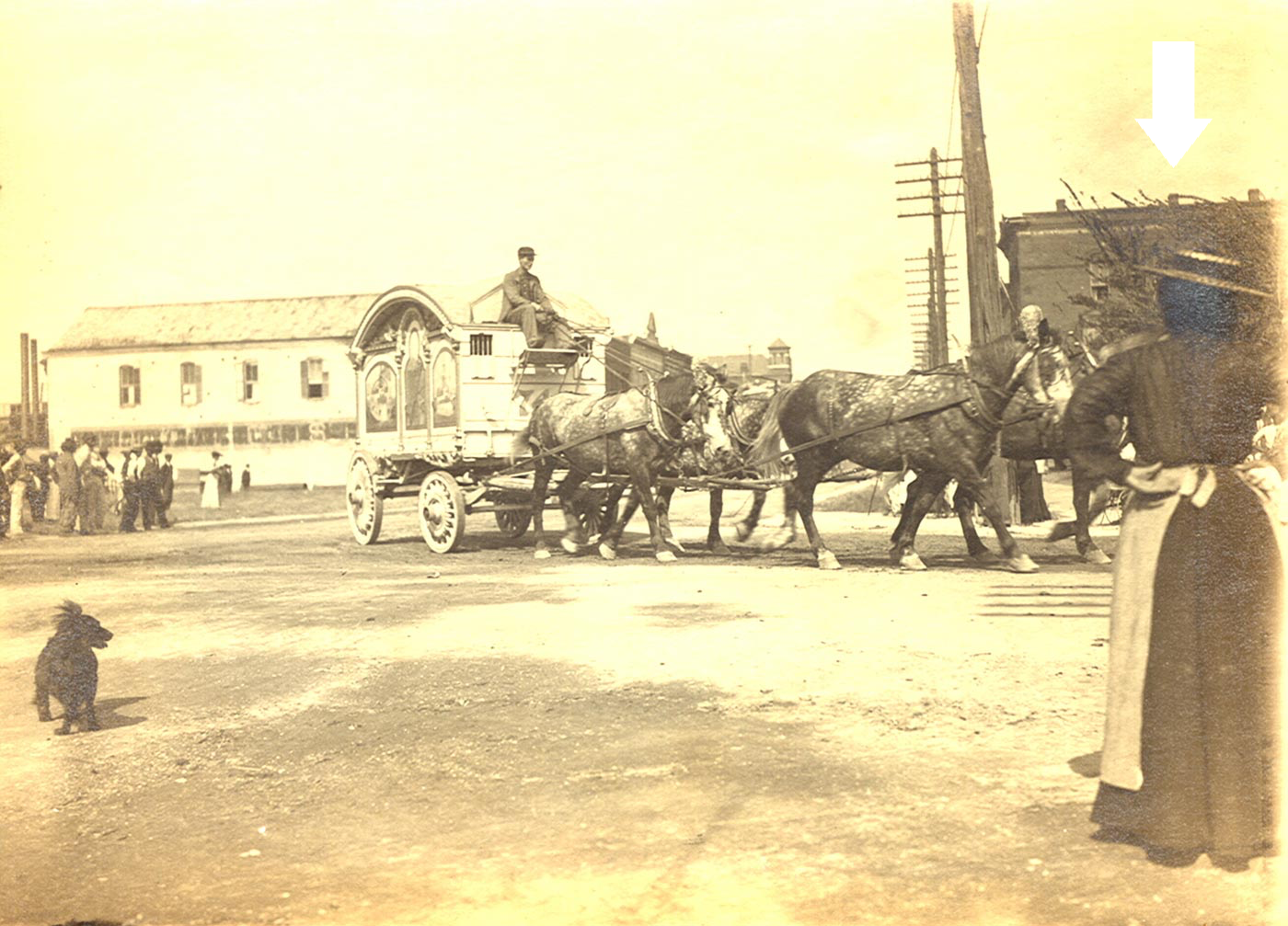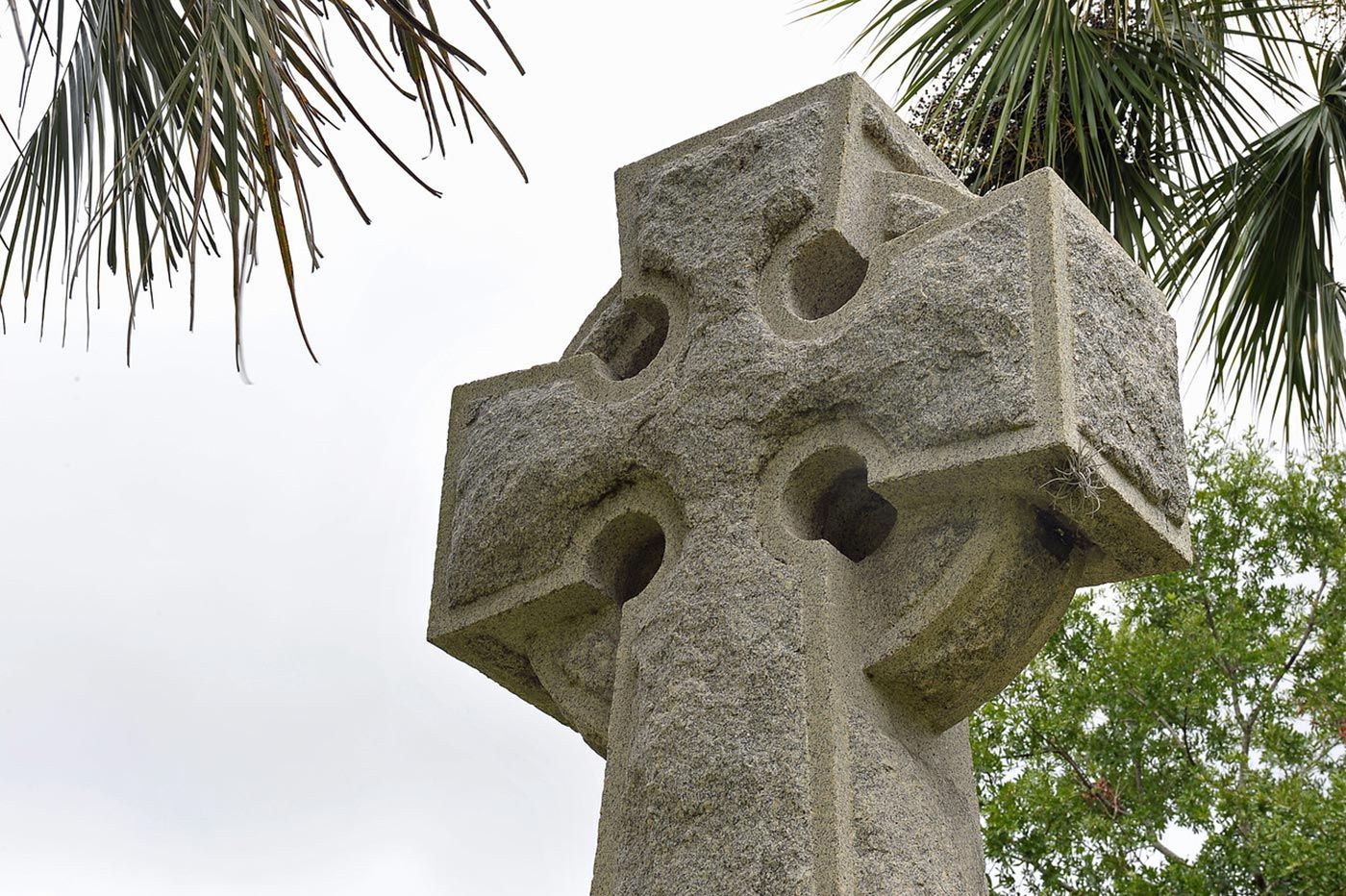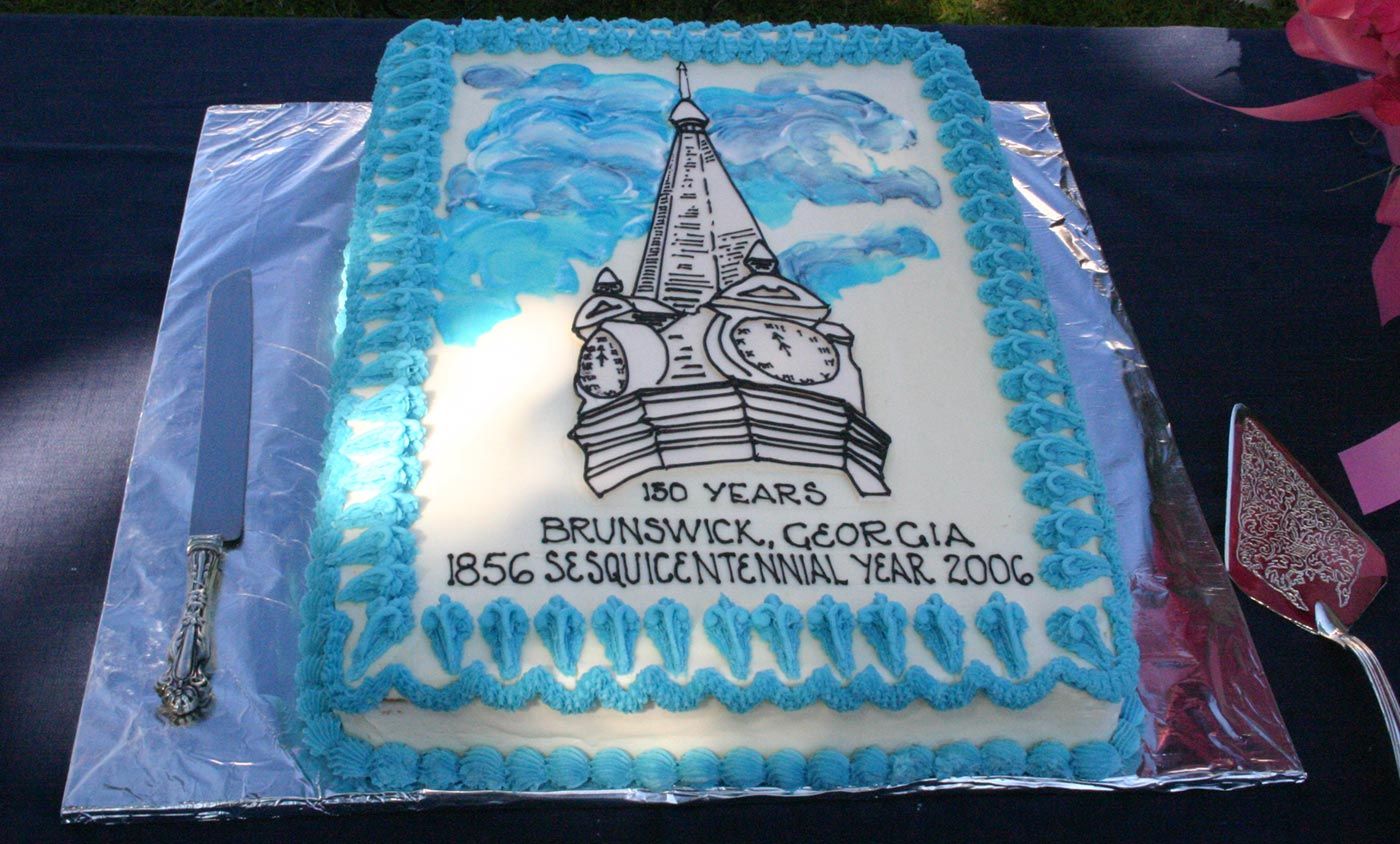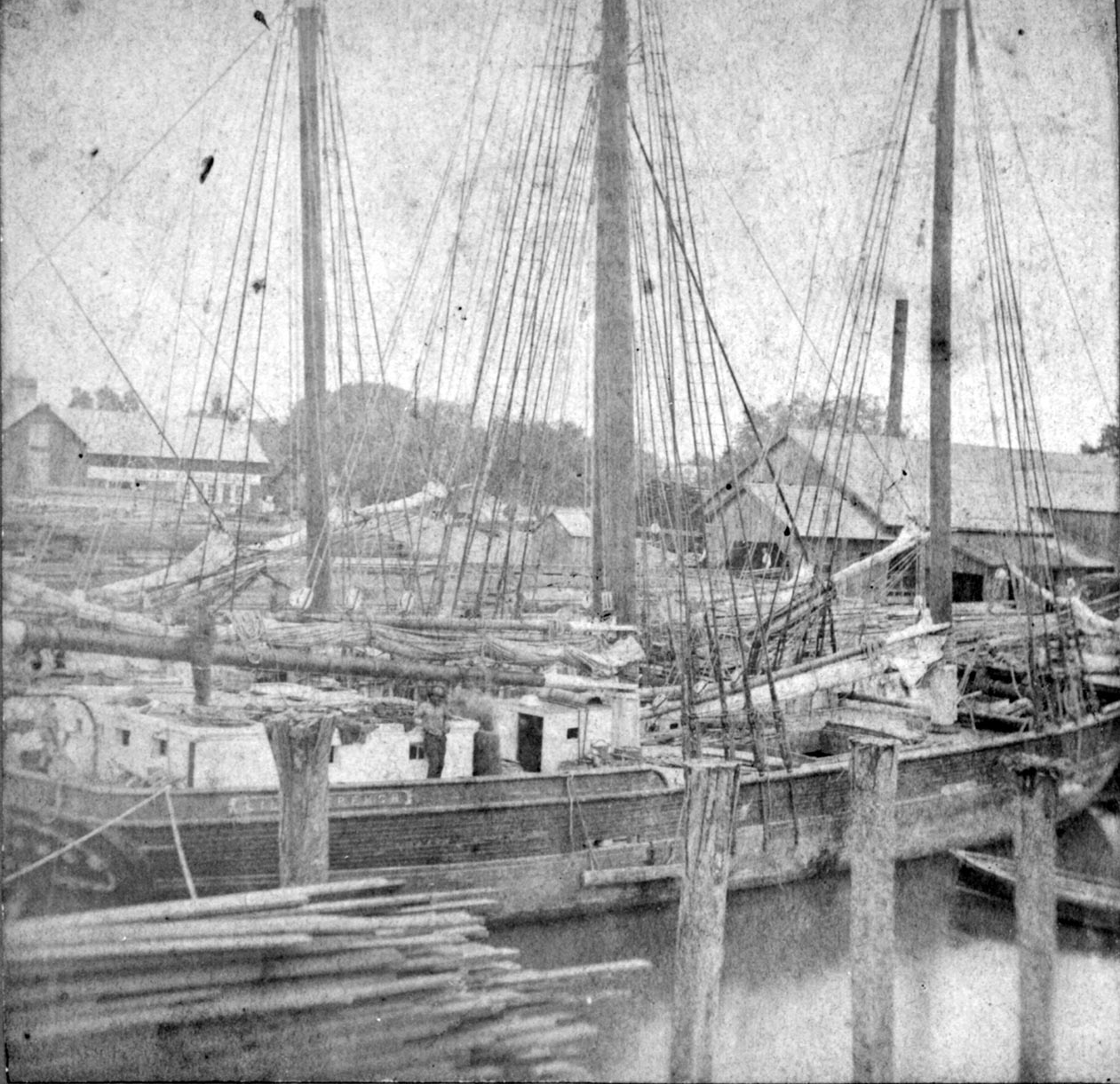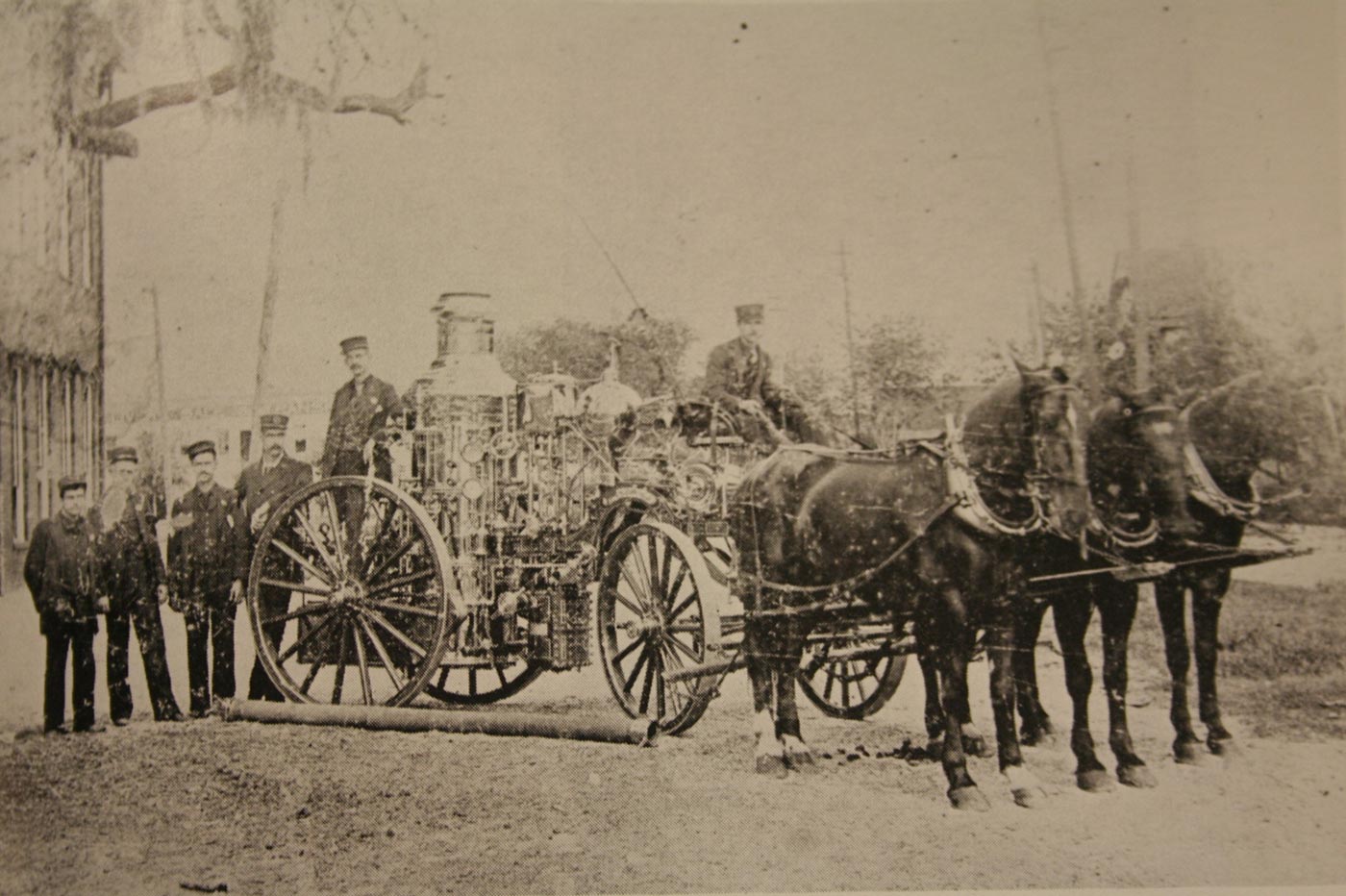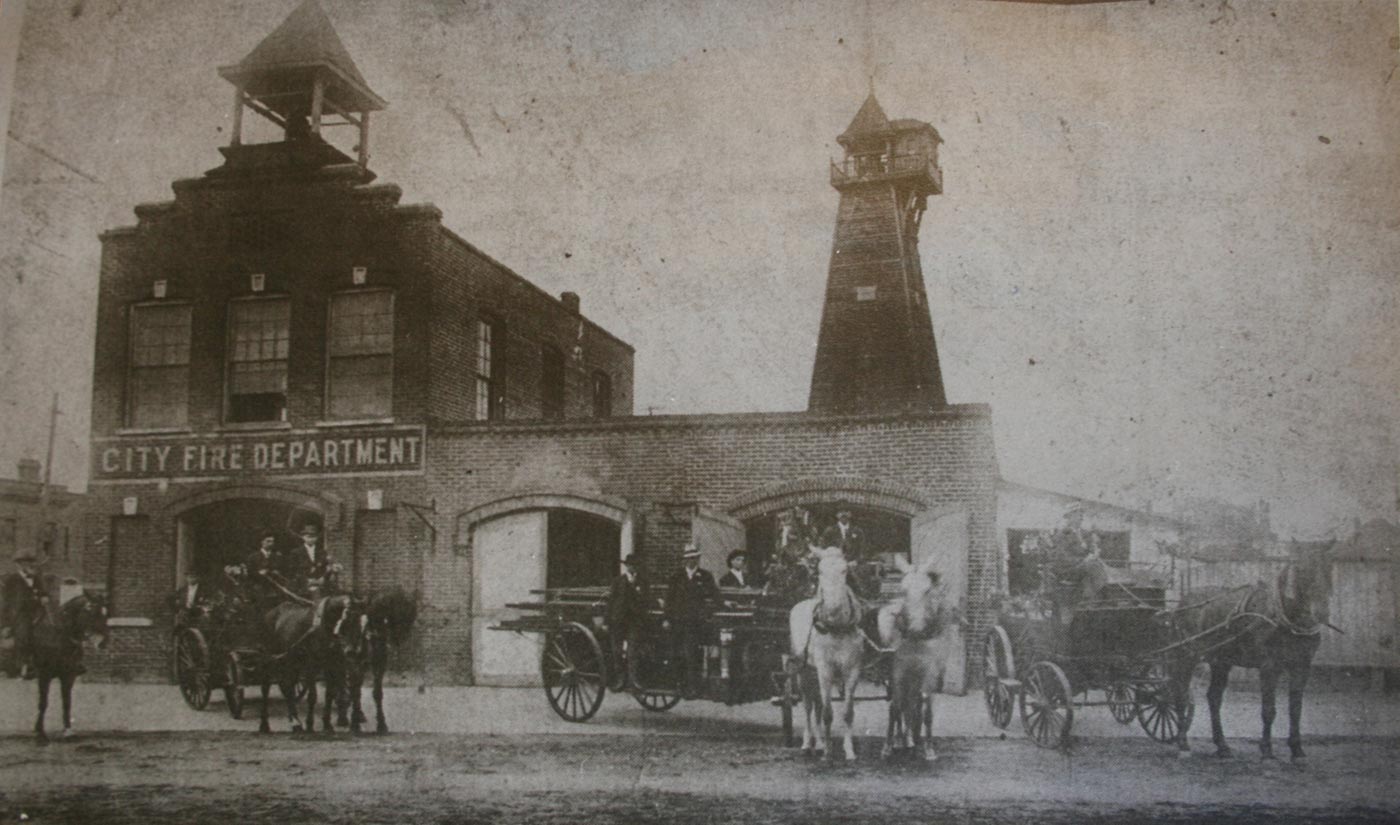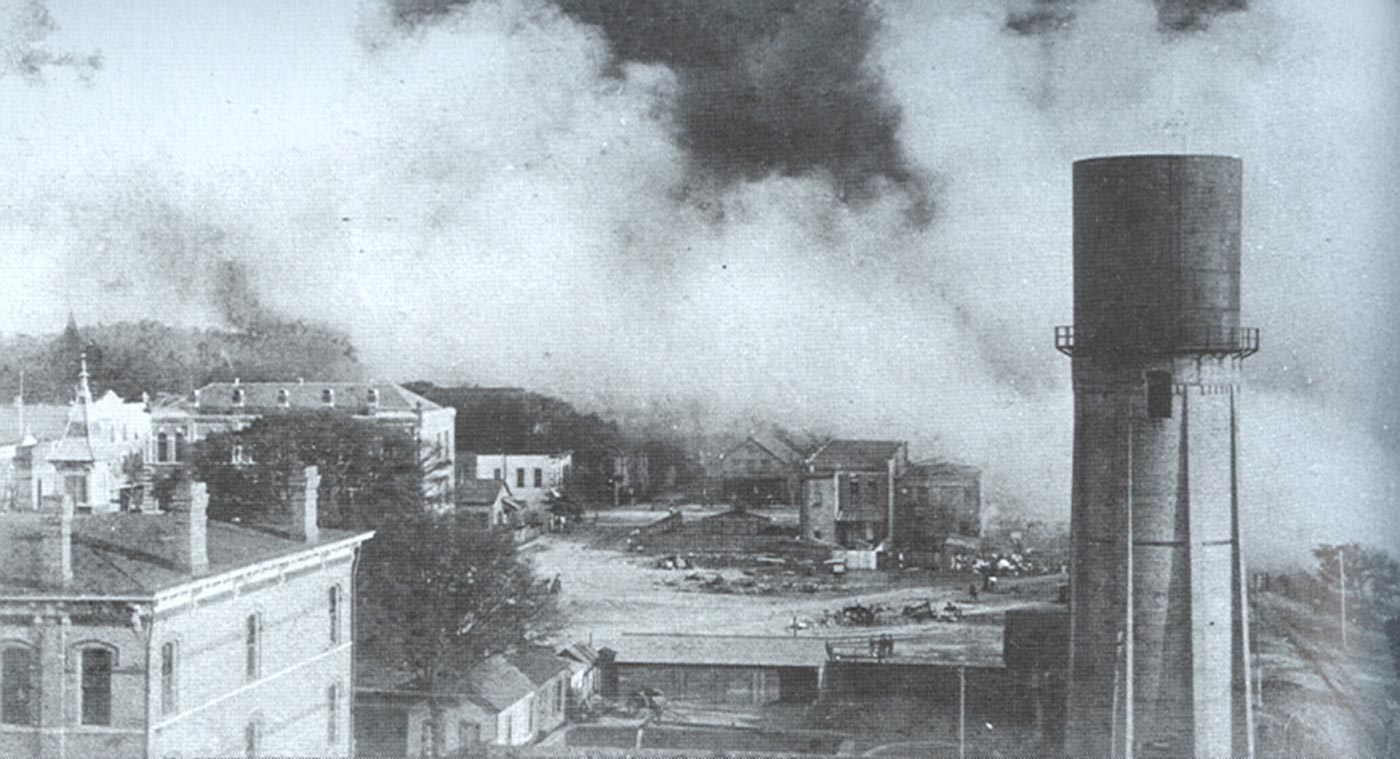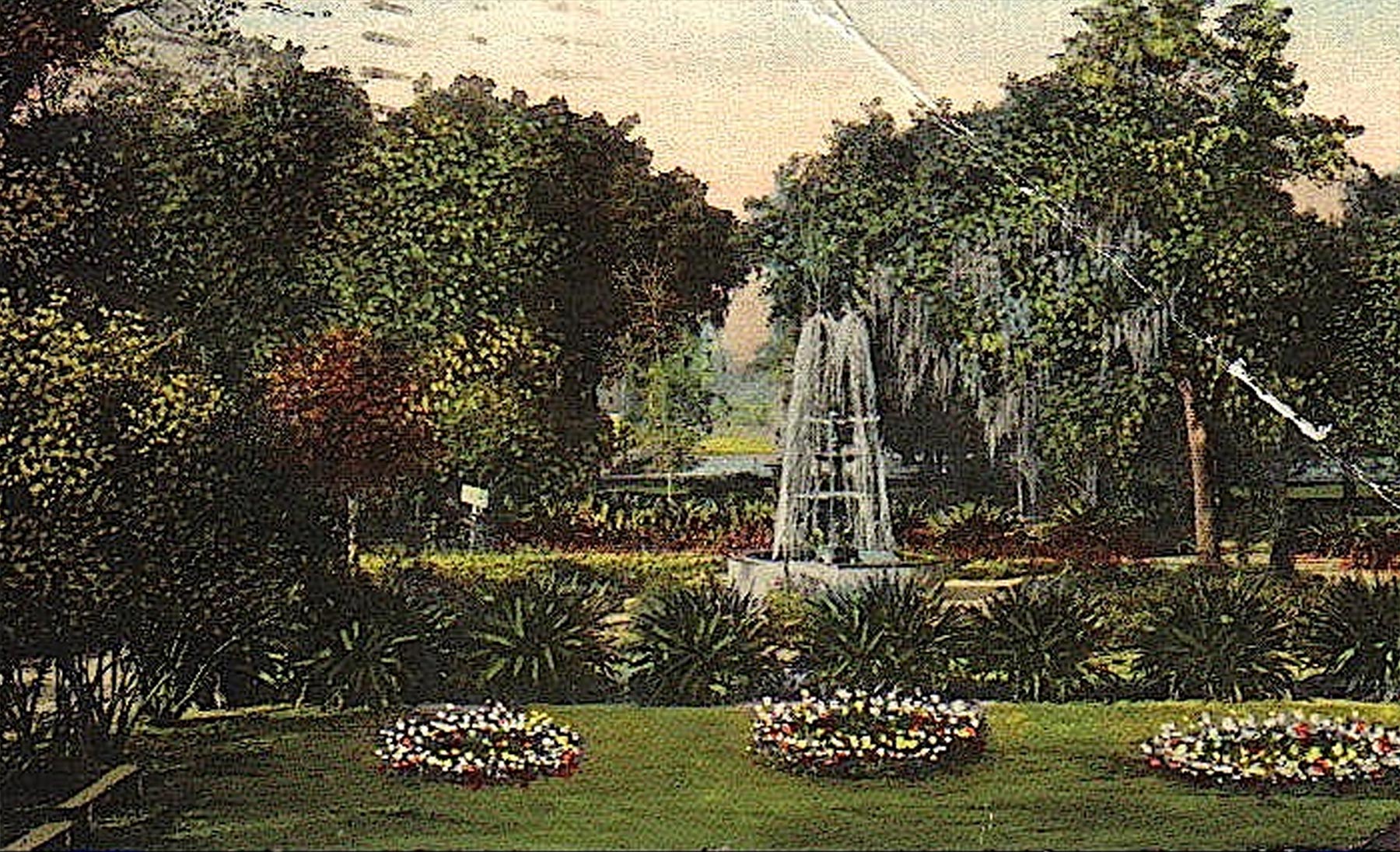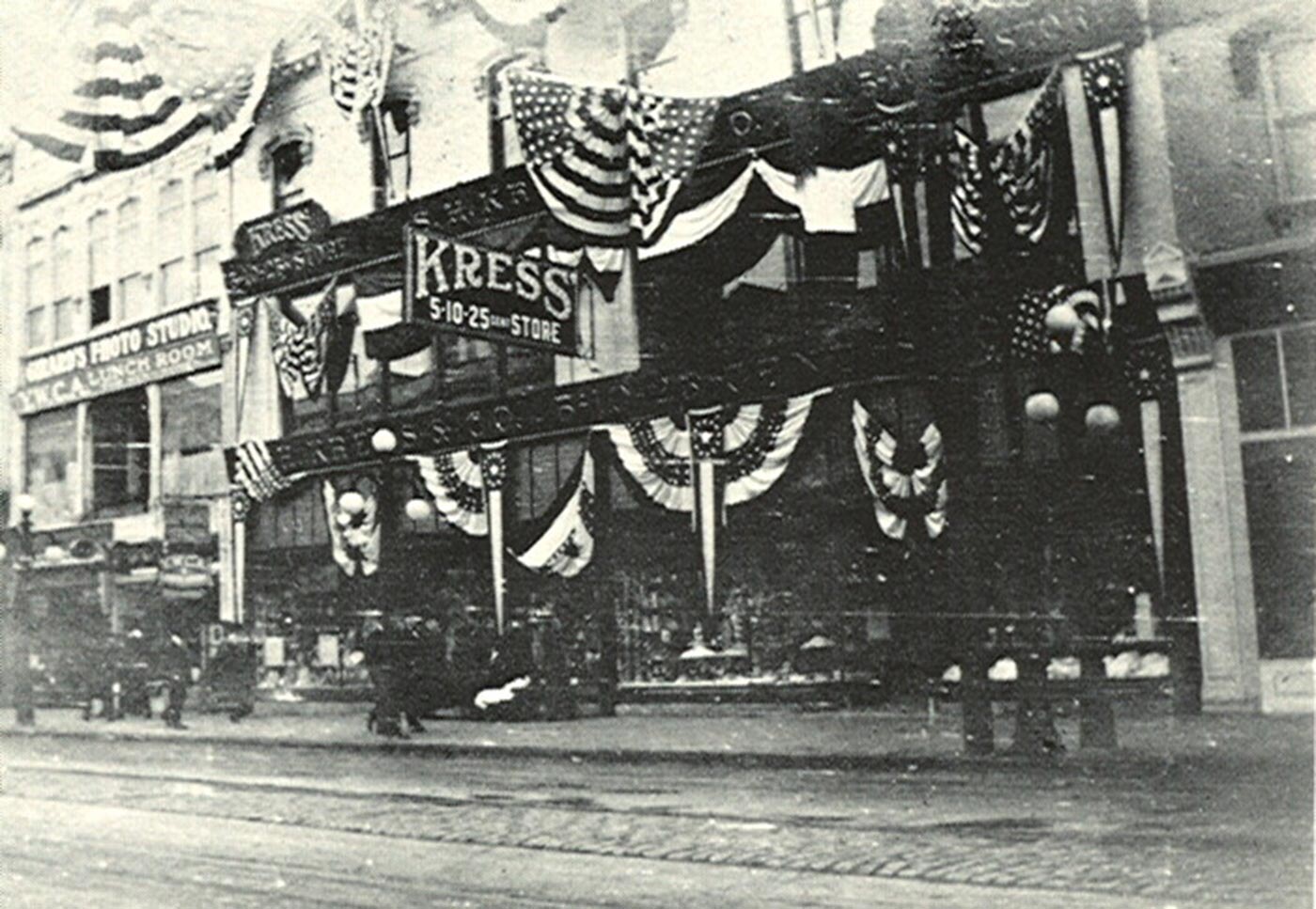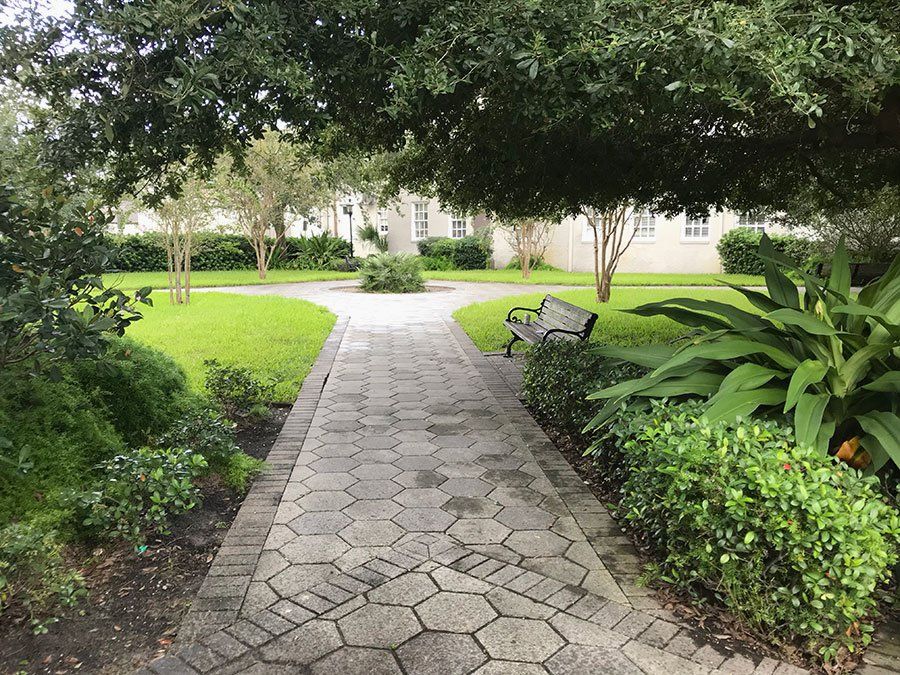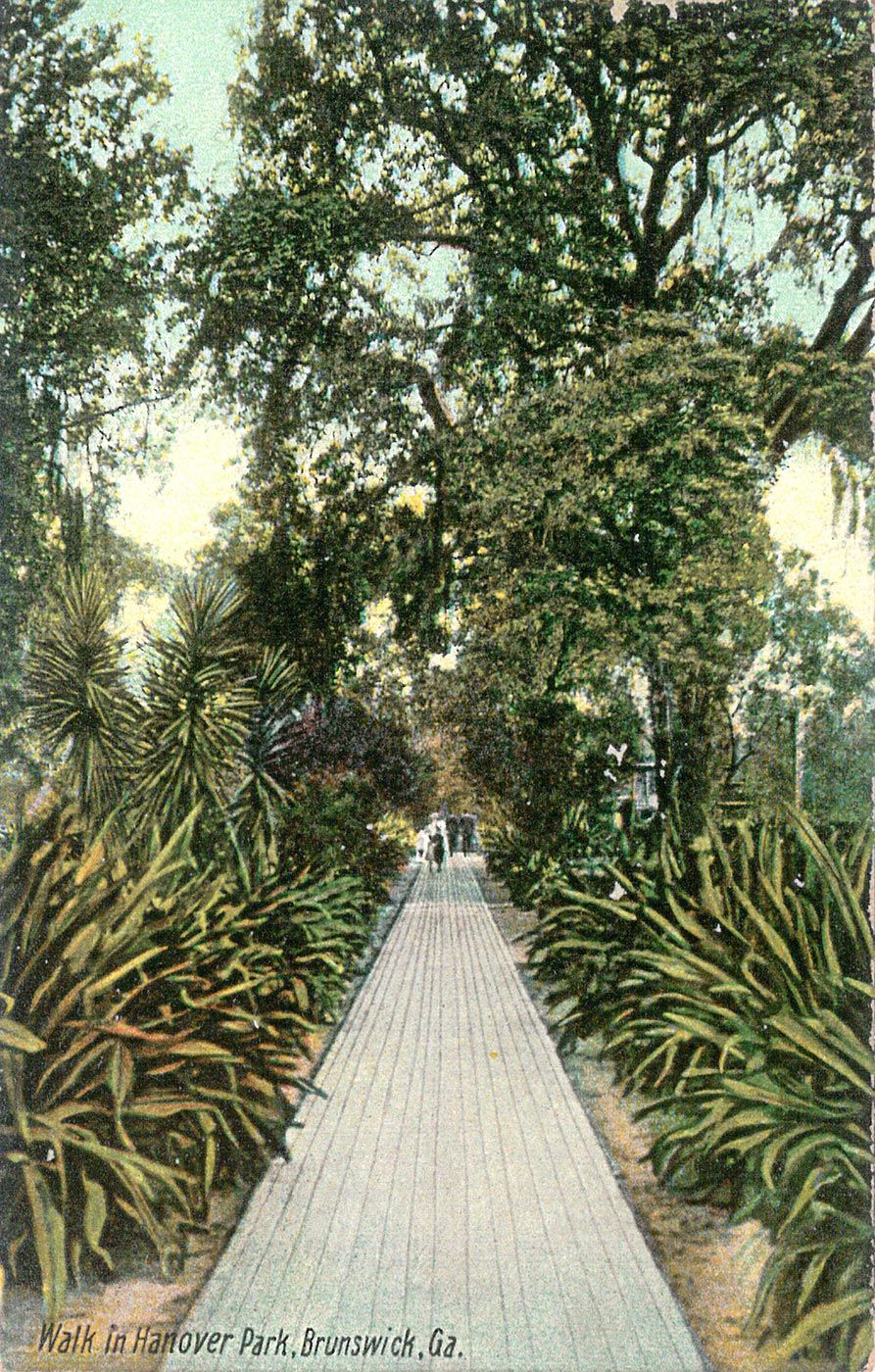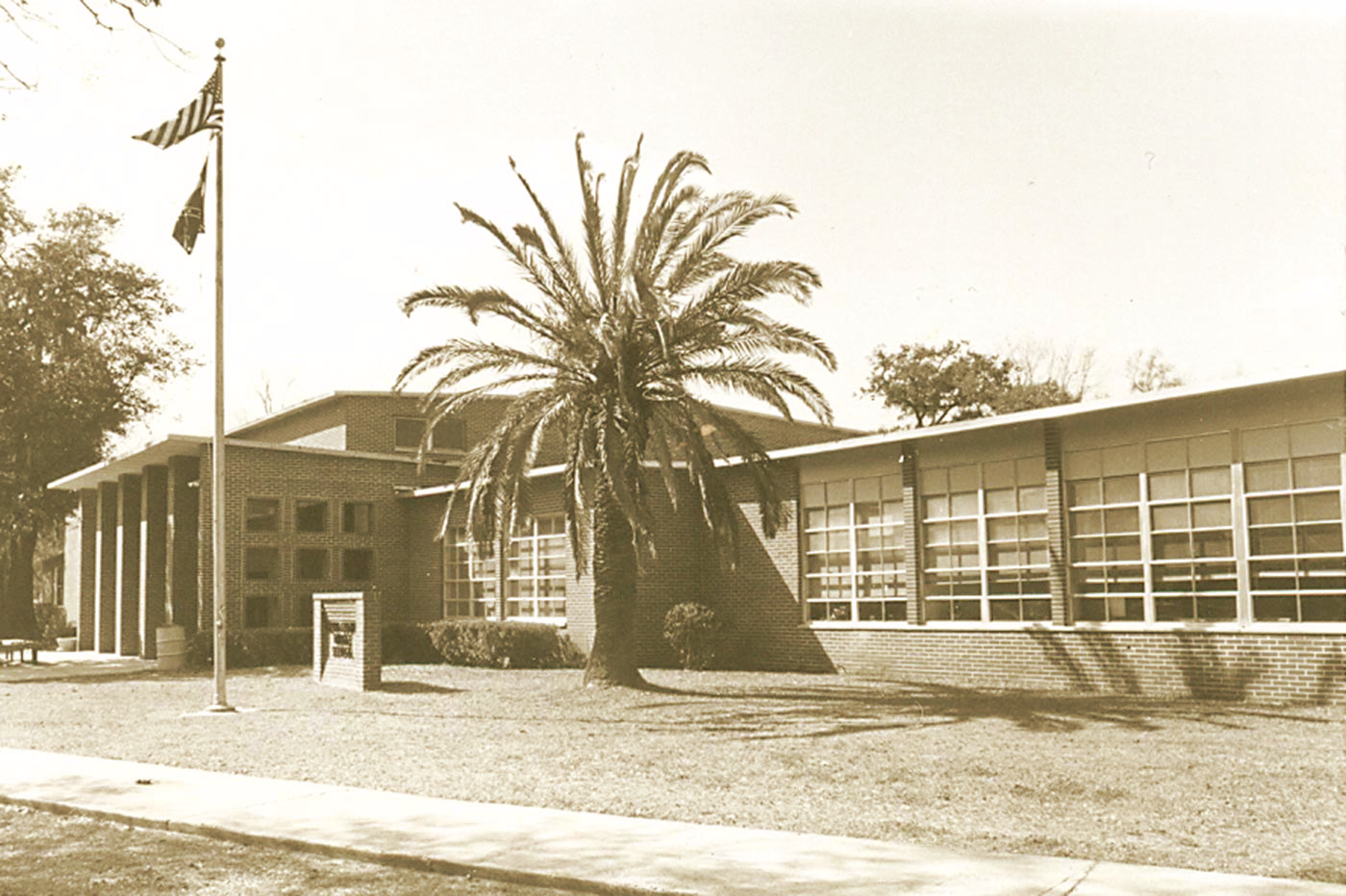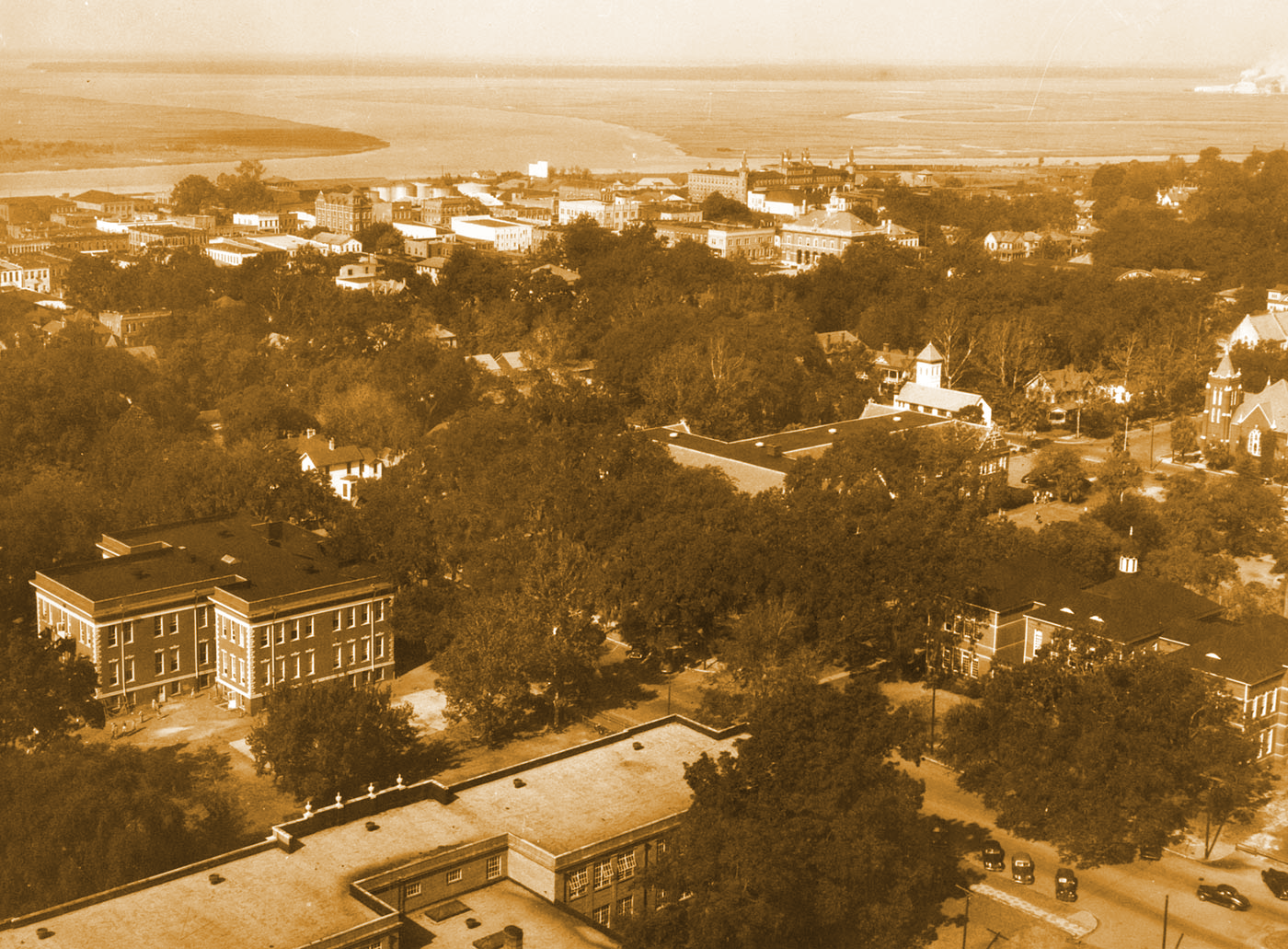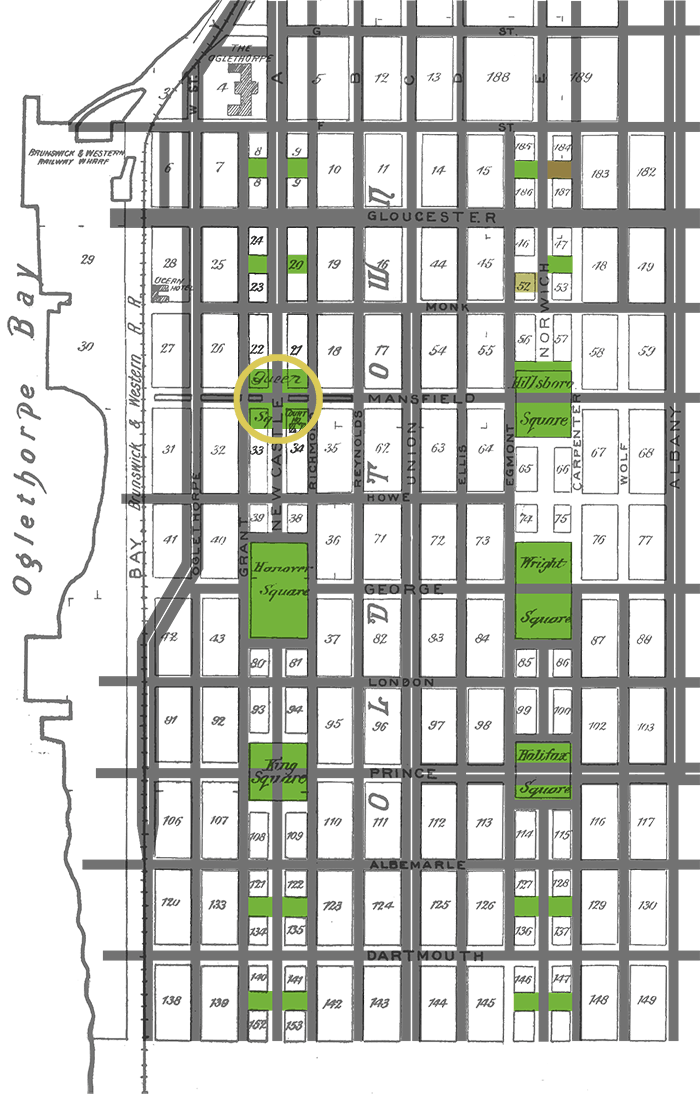White arrows denote location of the Square within the photo.

Queen Square History
Button
Queen Square History

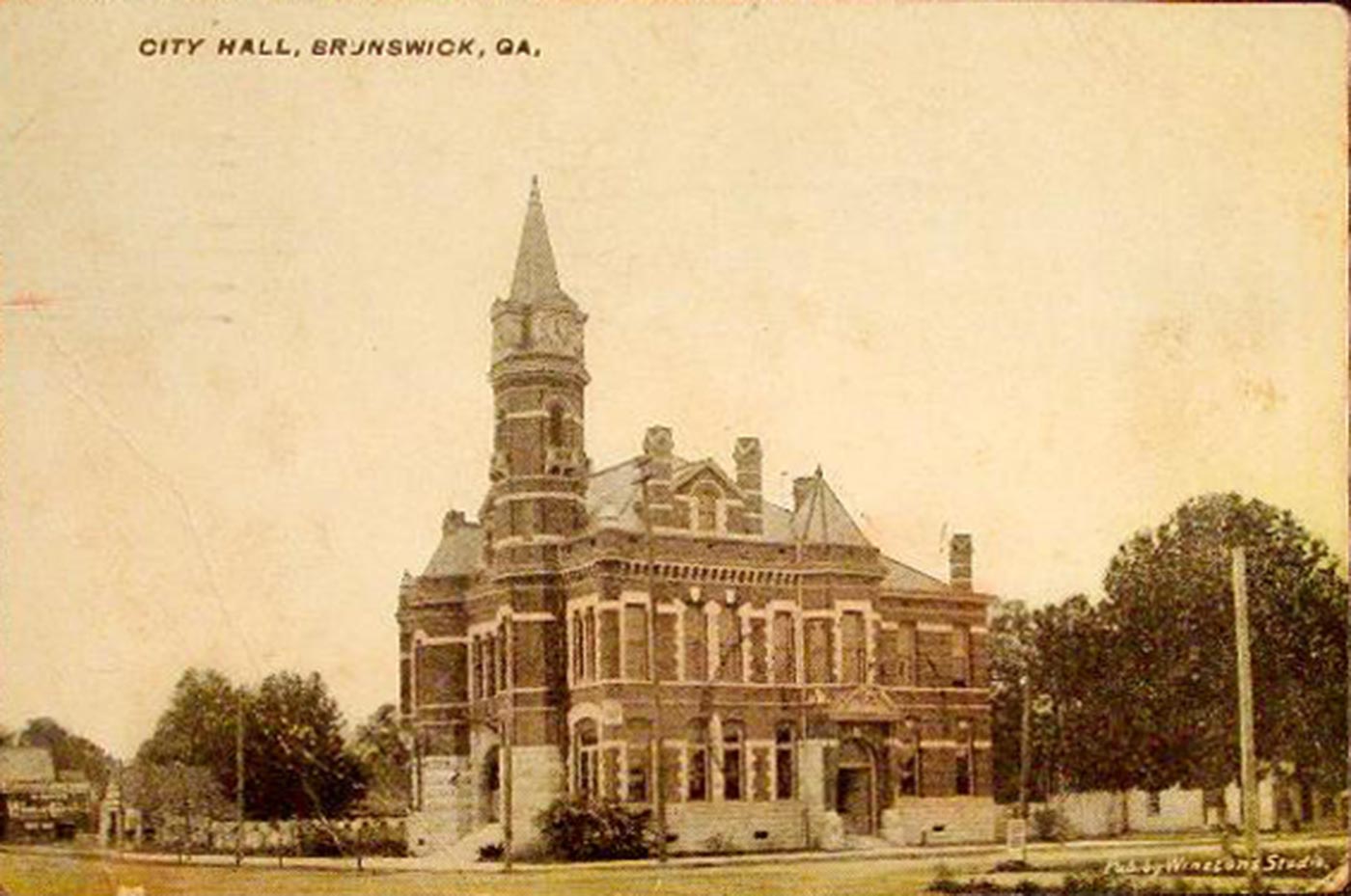
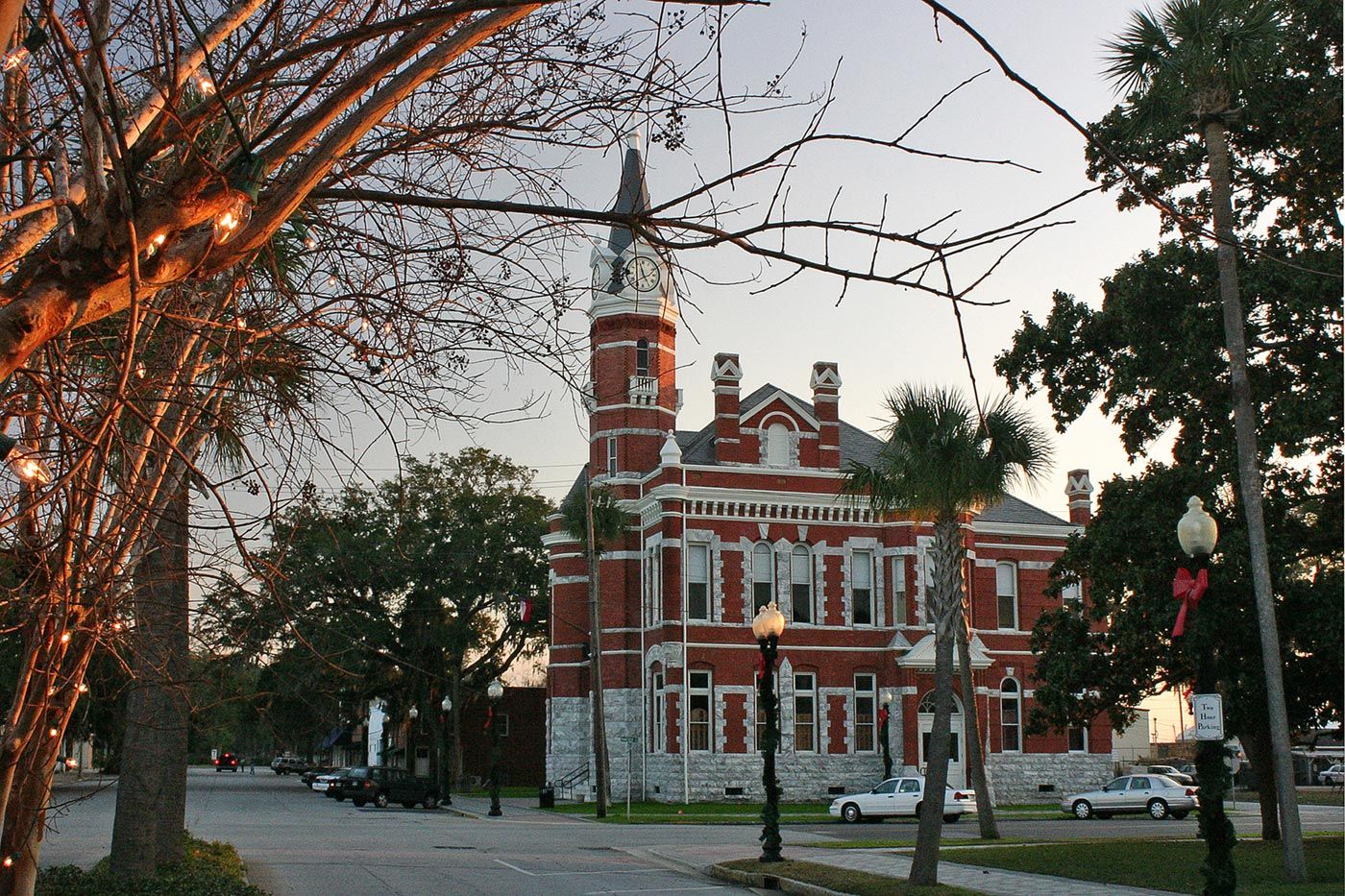
OLD CITY HALL IN QUEEN SQUARE. Left: Courtesy Golden Isles Arts & Humanities Association. Right: Signature Squares Archives.
Queen Square Northwest
OVERLOOKING QUEEN SQUARE NORTHWEST AND NEWCASTLE STREET FROM OLD CITY HALL AFTER A RARE WINTER SNOW. Courtesy Downtown Development Authority collection.
THE DOWNING COMPANY. Courtesy Vanishing Georgia Collection.
DOWNING COMPANY NAVAL STORES DOCKS. Courtesy Vanishing Georgia Collection.
MONUMENT TO COL. DOWNING IN QUEEN SQUARE NORTHWEST. Courtesy Troup Nightingale, Southeastern Photography.
THE BELL AT QUEEN SQUARE.
Queen Square Southwest
Queen Square Northeast
Crowds gathered along Queen square for the John Robinson’s Ten Big Shows circus parade, cir. 1895. Courtesy Coastal Georgia Historical Society.
Elephants were a part of the circus attraction along with three menageries, an aquarium and an aviary. Courtesy Coastal Georgia Historical Society.
The John Robinson Circus featured elaborately decorated wagons. Courtesy Coastal Georgia Historical Society.
EXPLORE THE GOOGLE STREET VIEW MAP.
DETAIL OF Celtic cross monument IN QUEEN SQUARE NORTHEAST. Courtesy Troup Nightingale, Southeastern Photography.
CAKE CREATED FOR BRUNSWICK'S SESQUICENTENNIAL CELEBRATION IN 2006. Signature Squares Archives.
Queen Square Southeast
Activity at the busy Port of Brunswick brought prosperity to the city in the late 19TH century. Courtesy Golden Isles Arts & Humanities Association.
THE VOLUNTEER OCEANIC FIRE COMPANY #1, CIR. 1876. Courtesy Capt. Chuck Yeargin, Glynn County Fire Department.
CIR. 1884. Courtesy Capt. Chuck Yeargin, Glynn County Fire Department.
CIR. 1890. Courtesy Capt. Chuck Yeargin, Glynn County Fire Department.
IN 1896, A FIRE THAT BEGAN AT THE PORT WAREHOUSES QUICKLY SPREAD, DESTROYING OVER HALF OF DOWNTOWN BUSINESSES. Courtesy Golden Isles Arts & Humanities Association.
CIR. 1919. Courtesy Capt. Chuck Yeargin, Glynn County Fire Department.

